

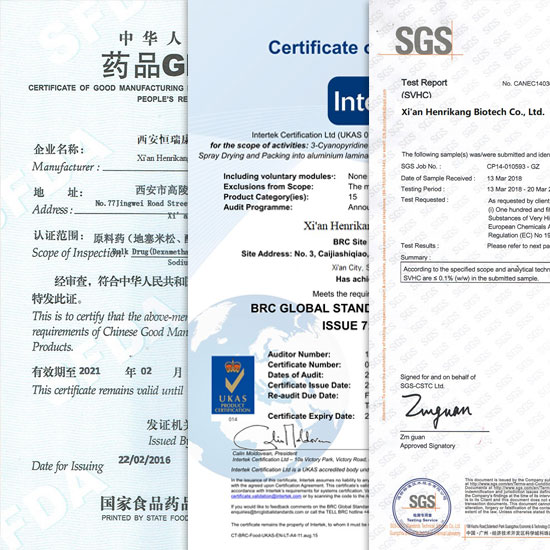



Related Attributes
Product details
The product can effectively decompose the β-glucan in the endosperm cell wall of wheat and cereal plants, and can be used to reduce the content of non-starch polysaccharide (NSP) and its anti-nutritional factors in feed, improve the absorption of nutrients by livestock and poultry, and increase the growth rate and feed conversion efficiency of livestock and poultry; it can be used to reduce the viscosity of the wort, improve filtration performance, increase the dissolution rate of the malt, prevent the turbidity of the beer, and stabilise the quality of the beer in the beer making process. quality.Лучший поставщик декстраназы в порошке без сахара
| Application | Optimal Activity | Form |
|---|---|---|
| Oral Care | 500-2000 DU/g | Liquid/Powder |
| Sugar Processing | 10,000+ DU/g | Liquid |
| Industrial | 5,000-50,000 DU/g | Powder |
Uses of Dextranase.
Enzyme preparation. Mainly used in the sugar industry to reduce the viscosity of cane juice with increased glucan content due to spoiled cane, in order to increase the heating rate of the juice and to reduce the clarification and crystallisation time. It can be used by adding 30 international units of glucoamylase to each litre of cane juice and keeping it at 40℃ for 20min, which can decompose 68% of glucan.Mejor proveedor de dextranasa en polvo sin azúcar
Why choose our dextranases?
Frequently asked questions
Q: What is the difference between dextranase and amylase?
A: Dextranases specifically target the α-1,6 linkage in dextran, while amylases work on the α-1,4 linkage in starch.
Q: What is the shelf life of dextranase preparations?
A: 12-24 months at 4°C; more than 36 months after lyophilization.
Q: Can Dextranase be used in gluten-free products?
A: Yes, it is gluten-free and is commonly used in specialty baking.
Q: Is it safe for humans?
A: FDA approved as GRAS (Generally Recognized As Safe)
Q: Where can I get pharmaceutical grade dextranase?
A: Choose a GMP-certified enzyme supplier!
FAQs About Dextranase
Q: How does it differ from amylase?
A: Specific to dextran (amylase targets starch).
Q: Vegan-friendly production?
A: Yes—typically microbial fermentation-derived.
Q: Shelf life?
A: 12-24 months if stored properly.
Q: Compatible with other enzymes?
A: Yes—often paired with mutanase for dental use.
Q: Industrial cost savings?
A: Reduces energy use in sugar refining by 15-20%.
Product Methods of Dextranase powder.
It can be made from Penicillium, Aspergillus, Verticillium, Aspergillus niger, Lactobacillus bifidus and others. If manufactured from Penicilliumfunicolosum, the bacterium is first cultured with Leuconostocmesenteroides on a medium containing sucrose to produce dextran, and then cultured with this dextran to produce Penicilliumfunicolosum, with the pH of the medium at 5.5-7.0, and incubated for 4 to 5 days at The medium was incubated at 30°C for 4 to 5 days, and the bacterium was filtered out and dissolved in acetate buffer at pH 5.3. As a commercial product, both hemicellulase and pectinase can be present.
Our Strengths
Henrikang has the ability to manufacture capsules for any formulation. From sourcing each ingredient in the formulation to post-fill inspection, we can do it all at the best price and with the fastest delivery time.
We have the experience to help you formulate new products for your target customers or discuss with you the appropriate scale-up of production. As your partner, our job is to ensure the long-term success of capsule production.
Be sure to check out our products. There, you can see what we consider to be the best formulations, all of which have their own specialties. They may provide a variety of beneficial vitamins and nutrients.
Signs of a good capsule supplement include taste, color, shape, size, and more. We have carefully weighed these factors and compiled a catalog of some of the very best formulas we have for you today.
WHY CHOOES US?

OUR CERTIFICATE
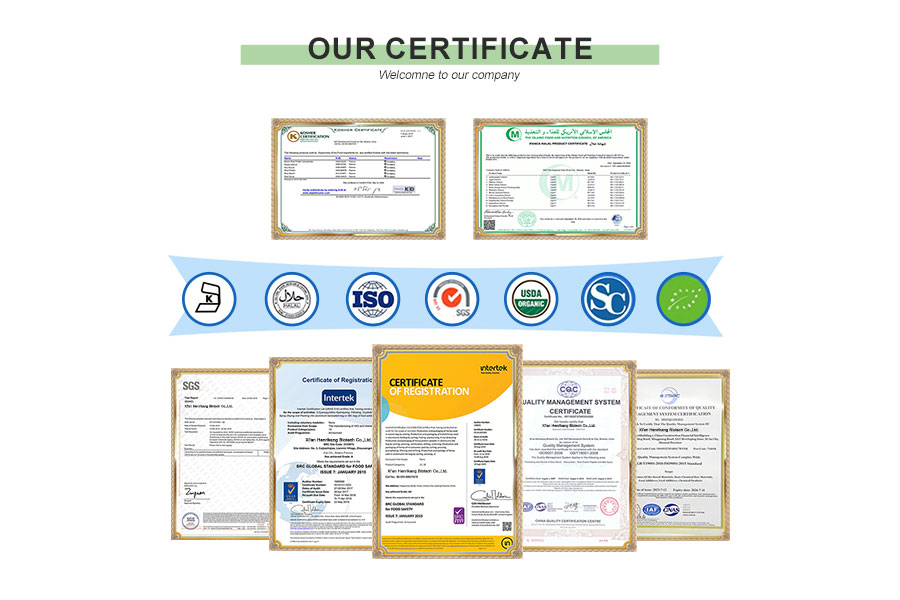
CUSTOM PROCESS
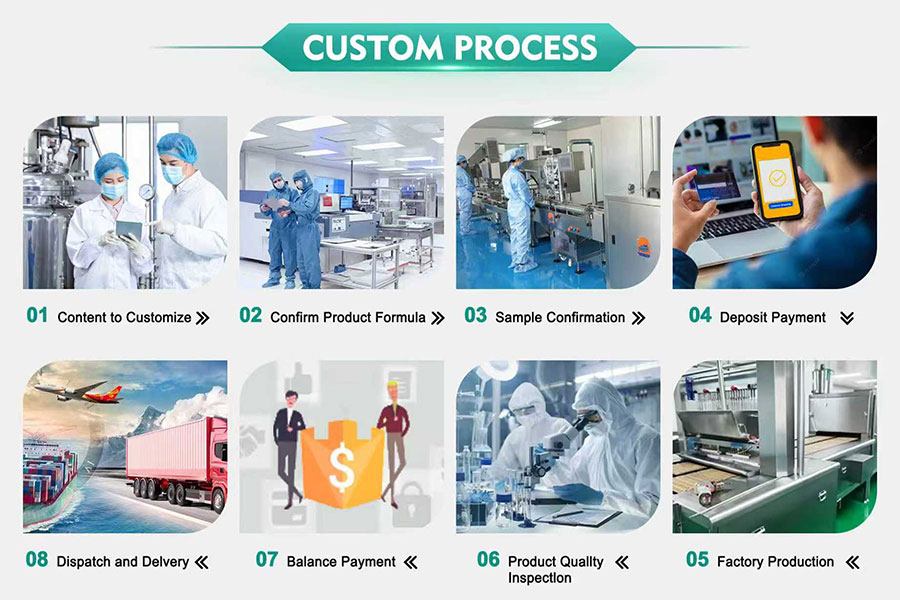
OUR PACKAGE
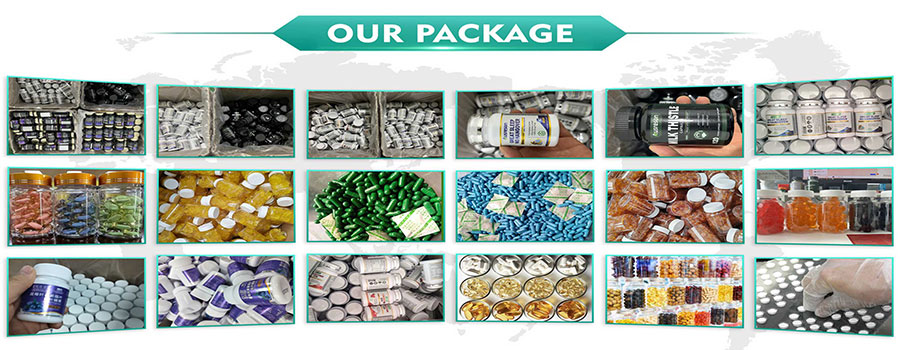
OUR EXHIBITION

OUR FACTORY
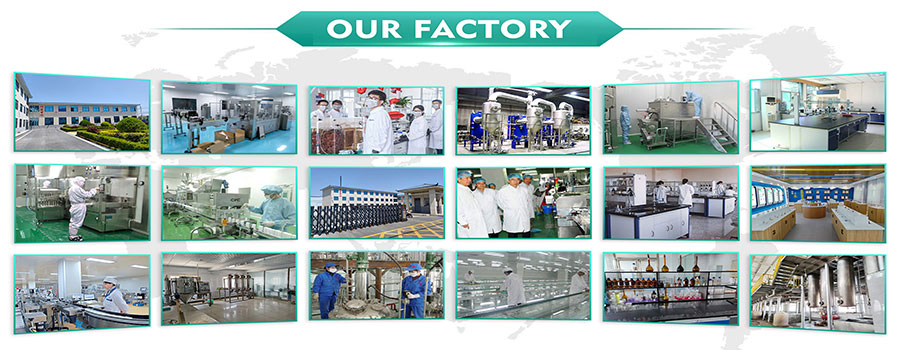
Shipping
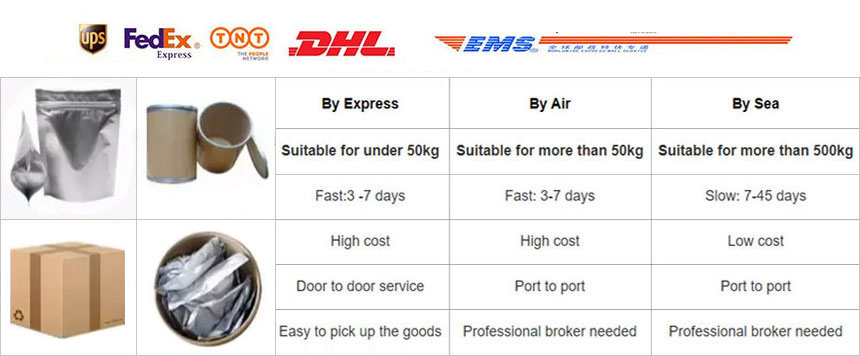
Pharmaceutical Intermediate manufacturers
©2022 Xi'an Henrikang Biotech Co., Ltd.,